Storing fresh coffee beans might seem straightforward, but there’s a lot more to it than just tossing them in a cupboard. The way you preserve your coffee can greatly influence the flavor and aroma of your brew, which is why understanding the basics of coffee preservation is essential for any coffee lover. Whether you’re a beginner or a seasoned enthusiast, knowing how to choose the right beans and how to store them properly can make all the difference in your daily cup.
In this guide, we’ll explore the relationship between different types of coffee beans and their storage needs, ensuring you select the best options for your taste. We’ll also discuss the importance of choosing the right storage container and location to keep your coffee fresh for as long as possible. Plus, we’ll dive into how the culture and history of coffee preservation can enrich your appreciation for this beloved beverage.
So, grab your favorite mug and get ready to unlock the secrets to keeping your coffee beans at their freshest. With the right knowledge, you can elevate your coffee experience and enjoy each sip to the fullest!
- Discover how different coffee bean types affect storage methods.
- Learn the best practices for storing coffee right after roasting.
- Explore the cultural history of coffee preservation across the globe.
Coffee Preservation: Mastering the Basics
The Relationship Between Coffee Bean Types and Storage
When it comes to coffee preservation, understanding the type of beans you have plays a crucial role. Different beans have unique characteristics that influence how they should be stored. For instance, lighter roasts often retain more of their natural flavors and aromas, while darker roasts can be more forgiving when it comes to storage. This means that if you’re a fan of light roasts, you’ll want to be especially careful to store them properly to maintain their vibrant taste.
Another factor is the origin of the beans. Coffee from different regions can have varying levels of oils and moisture, which affect their freshness over time. For example, beans from humid climates may require a different approach compared to those from drier regions. By being mindful of these details, you can tailor your storage methods to suit the specific needs of your coffee beans, ultimately enhancing your brewing experience.
So, whether you’re experimenting with a new blend or sticking to your tried-and-true favorites, understanding the relationship between bean types and storage will help you keep your coffee at its best.
- Light roasts need careful storage to preserve flavors.
- Dark roasts are more forgiving and easier to store.
- Origin affects oil and moisture levels, influencing storage needs.
Choosing the Right Storage Container
Selecting the right storage container is another essential aspect of coffee preservation. Not all containers are created equal, and using the wrong one can lead to stale coffee in no time. Ideally, you want a container that is airtight and opaque to shield your beans from light and air, both of which can degrade the quality of your coffee. Glass jars, ceramic canisters, or specially designed coffee storage containers are all great options to consider.
Additionally, it’s important to think about size. If you buy coffee in bulk, make sure your container can accommodate the amount you purchase without leaving too much air space. The goal is to minimize exposure to air as much as possible. If you’re using a smaller container, you might want to consider transferring your coffee in smaller batches to keep the rest sealed and fresh.
Investing in the right storage container can truly make a difference in how long your coffee stays fresh and flavorful.

If you’re intrigued by how to maintain the freshness of your coffee beans, you might find it beneficial to explore the article titled Protect Your Coffee Flavor! The Ultimate Guide to Storing with Airtight Containers. It delves into the best practices for storage that can significantly enhance the longevity and taste of your coffee, complementing the insights shared here.
- Use airtight and opaque containers to protect your beans.
- Consider glass jars or ceramic canisters for effective storage.
- Choose a size that minimizes air exposure for better preservation.
Roasting and Preservation: Keeping Freshness Intact
How to Store Beans Right After Roasting
Once you’ve roasted your coffee beans, the next crucial step is to store them properly to keep that fresh, delightful flavor intact. Right after roasting, beans are still releasing carbon dioxide, a process known as off-gassing. This is completely normal, but it’s essential to allow the beans to breathe for a short period before sealing them away. Ideally, letting your freshly roasted beans sit in an open container for about 12 to 24 hours can help release this gas and prevent any unwanted flavors from developing.
After this initial resting period, it’s time to transfer your beans to an airtight container. Remember, exposure to air can lead to staleness, so minimizing that exposure is key. Choose a container that can accommodate your beans without leaving too much space for air. If you have a larger batch, consider splitting it into smaller portions to keep the rest sealed and fresh.
It’s also important to store your beans in a cool, dark place. Heat and light can negatively impact the flavor, so avoid keeping them on a sunny kitchen counter. Instead, opt for a pantry or cupboard that maintains a stable temperature. By following these steps, you can enjoy the full essence of your coffee for a longer time.
- Let beans rest for 12 to 24 hours after roasting.
- Use an airtight container to prevent exposure to air.
- Store in a cool, dark place to maintain flavor.
Differences in Storage Based on Roast Level
The way you store your coffee can also depend on the roast level, which is something many coffee lovers often overlook. Light roasts, known for their bright and complex flavors, tend to be more sensitive to storage conditions. Since they have higher acidity and more pronounced flavors, it’s crucial to keep them in an airtight container and limit their exposure to air as much as possible. This helps maintain their unique taste profile.
On the other hand, dark roasts, while still needing proper storage, are a bit more forgiving. The oils that develop during the roasting process offer a protective layer, allowing them to withstand slight variations in storage conditions. However, this doesn’t mean you should neglect them; even dark roasts benefit from being stored in a cool, dark place and in an airtight container to keep that rich flavor intact.
Ultimately, understanding these differences can enhance your coffee experience. By tailoring your storage approach based on the roast level, you can better preserve the distinctive characteristics of each type, ensuring every cup is as enjoyable as the last.

If you’re keen on maximizing the freshness of your coffee, you might find it helpful to explore more about proper storage techniques. In particular, the article How to Store Ground Coffee Beans! Secrets to Keeping Them Fresh! delves into essential tips for maintaining the quality of ground coffee, ensuring that every cup tastes just as delightful as the last.
- Light roasts need careful storage to protect flavors.
- Dark roasts are more forgiving but still require attention.
- Tailor your storage methods based on roast level for optimal freshness.
Choosing the Right Storage Location: Environment Influences Flavor
Impact of Humidity and Temperature
When it comes to coffee preservation, the environment plays a significant role in maintaining the quality of your beans. Humidity and temperature are two key factors that can either enhance or degrade the flavor of your coffee. Ideally, coffee beans should be stored in a cool, dry place to prevent moisture absorption. When beans are exposed to high humidity, they can become stale more quickly and lose their delightful aromas.
Temperature is equally important. Storing your coffee in a location that experiences extreme fluctuations can negatively impact its freshness. A stable, moderate temperature helps to preserve the essential oils and flavors that make each cup enjoyable. Many coffee aficionados recommend keeping beans away from heat sources, such as ovens or direct sunlight, to maintain their integrity.
By being mindful of humidity and temperature, you can create a perfect environment that enhances the longevity and flavor of your coffee. This is especially crucial if you’re investing in high-quality beans that deserve the best care possible.
- Store coffee beans in a cool, dry place to prevent moisture absorption.
- Avoid extreme temperature fluctuations to maintain freshness.
- Keep beans away from heat sources and direct sunlight.
Ways to Protect Beans from Light
Light is another enemy of coffee preservation that often gets overlooked. Exposure to light can lead to the degradation of flavors, especially for those delicate light roasts. To combat this, choose storage containers that are opaque or dark in color, effectively blocking out light and protecting your precious beans.
Additionally, consider the location of your storage container. A pantry or cupboard is ideal, as they provide a dark environment away from direct light. If you need to keep your coffee on the countertop for easy access, opt for a decorative container that still offers protection from light.
Taking these steps to shield your coffee from light will significantly enhance your brewing experience, ensuring that every cup is as flavorful as it should be. By combining proper storage techniques with the right environment, you can truly enjoy the nuances of your favorite coffee beans.

For those looking to further enhance their coffee preservation knowledge, you might find the article How to Protect Your Coffee Beans from Moisture and Oxidation with a Large Airtight Container particularly insightful. It delves into the importance of airtight storage solutions that can help keep your coffee beans fresh and flavorful, complementing the tips shared in this article perfectly.
- Use opaque or dark containers to block out light.
- Store coffee in a pantry or cupboard for optimal protection.
- Consider decorative containers that offer both style and light protection.
Coffee Culture and Preservation: Understanding History
Traditional Coffee Preservation Across Countries
Coffee has a rich history that spans across cultures and continents, and this diversity is reflected in the various methods of coffee preservation that have developed over time. In countries like Ethiopia, where coffee originated, traditional practices involve storing beans in woven baskets or clay pots that allow for air circulation while keeping the beans protected from moisture. These methods have been passed down through generations, highlighting the importance of respecting the origins of coffee.
In contrast, coffee preservation techniques in countries like Italy emphasize the use of vacuum-sealed containers to maintain freshness. Italians take great pride in their espresso, and as such, they often invest in high-quality storage solutions to enjoy their coffee at its best. Understanding these traditional methods not only deepens our appreciation for coffee but also offers insights into how preservation techniques can vary based on geography and culture.
- Ethiopia uses woven baskets and clay pots for air circulation.
- Italy favors vacuum-sealed containers to preserve espresso quality.
- Preservation methods reflect cultural respect and pride in coffee.
Cultural Influences of Storage Methods
As we dive deeper into the world of coffee preservation, it becomes clear that storage methods are not just about maintaining freshness; they are also influenced by cultural practices and beliefs. For example, in many Middle Eastern countries, coffee is often brewed in a traditional pot known as a cezve. The preparation and serving of coffee is a social ritual, and as such, the storage methods reflect the need for accessibility and ease of brewing. Many families keep their coffee in decorative containers that are both functional and aesthetically pleasing, showcasing their love for coffee as part of their cultural identity.
Moreover, in Scandinavian countries, where coffee consumption is a daily ritual, the approach to preservation tends to be straightforward and practical. The focus is on maintaining the quality of the beans while ensuring they are easily accessible for daily brewing. This reflects a cultural value placed on simplicity and functionality, demonstrating how preservation methods can be shaped by lifestyle and social norms.
Ultimately, exploring these cultural influences on coffee preservation enriches our understanding of this beloved beverage. By appreciating the diverse methods and traditions, we can enhance our own coffee experience and perhaps even adopt some of these practices in our daily routines.
- Middle Eastern cultures use decorative containers for easy access.
- Scandinavian countries focus on practicality in storage.
- Cultural values shape preservation methods and coffee enjoyment.
Summary of Coffee Preservation
In this journey through coffee preservation, we’ve explored the essential techniques to maintain the freshness and flavor of your coffee beans. Proper storage methods, including using airtight containers and selecting the right location, are crucial in keeping your brew delightful. Additionally, understanding the impact of different bean types, roast levels, and cultural practices can significantly enhance your coffee experience.
It’s been exciting to discover how traditional methods from various countries influence contemporary preservation techniques. From the woven baskets of Ethiopia to Italy’s vacuum-sealed containers, these practices underscore the importance of respecting coffee’s rich history while adapting to modern needs. By integrating these insights into your routine, you can ensure that every cup of coffee is as enjoyable as the last.
Ultimately, coffee preservation is not just a matter of practicality; it’s a way to honor the intricate flavors and aromas that make this beloved beverage special. So, whether you’re a casual drinker or a dedicated enthusiast, following these guidelines will undoubtedly elevate your coffee experience.
- Store coffee beans in airtight containers to minimize exposure to air.
- Keep beans in a cool, dark place to maintain their flavor integrity.
- Appreciate the cultural influences on coffee preservation to enrich your brewing experience.
We’d love to hear your thoughts! What are your favorite tips for preserving coffee, or do you have any unique storage methods? Share your experiences in the comments below!




















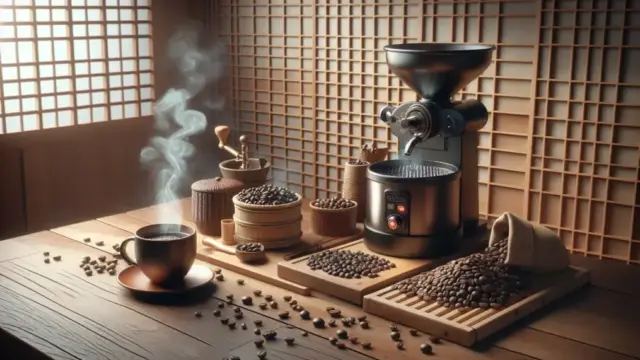







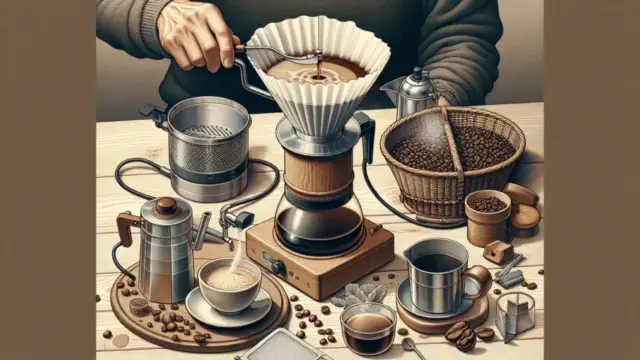

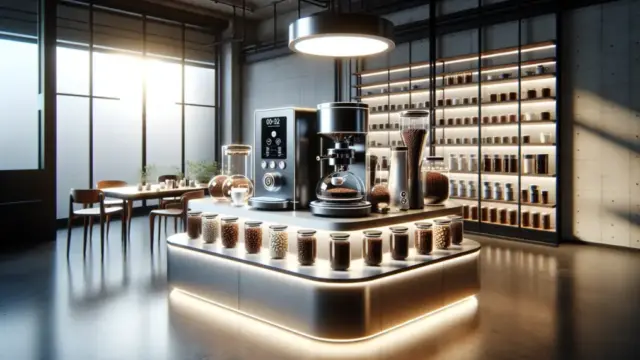



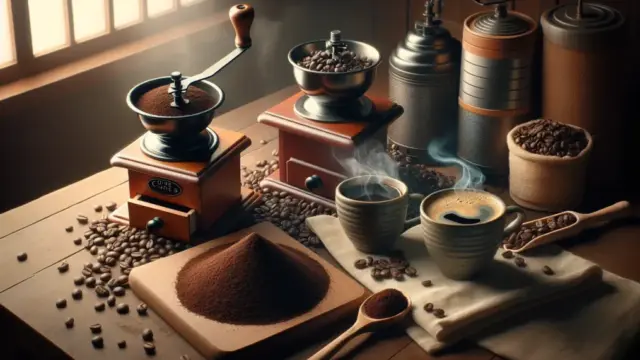




















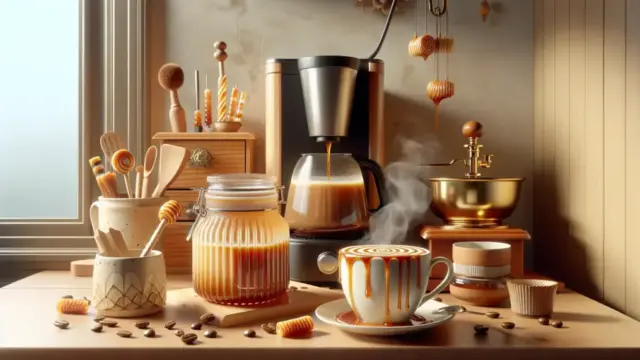



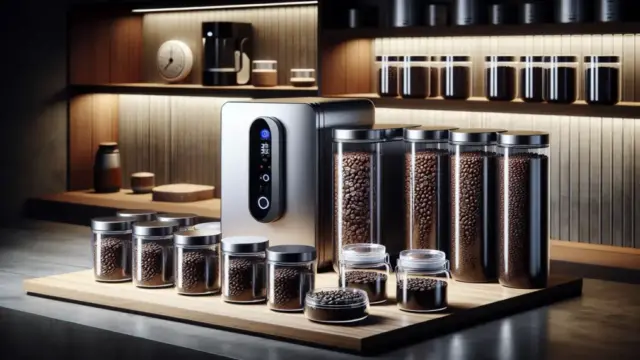











Comment